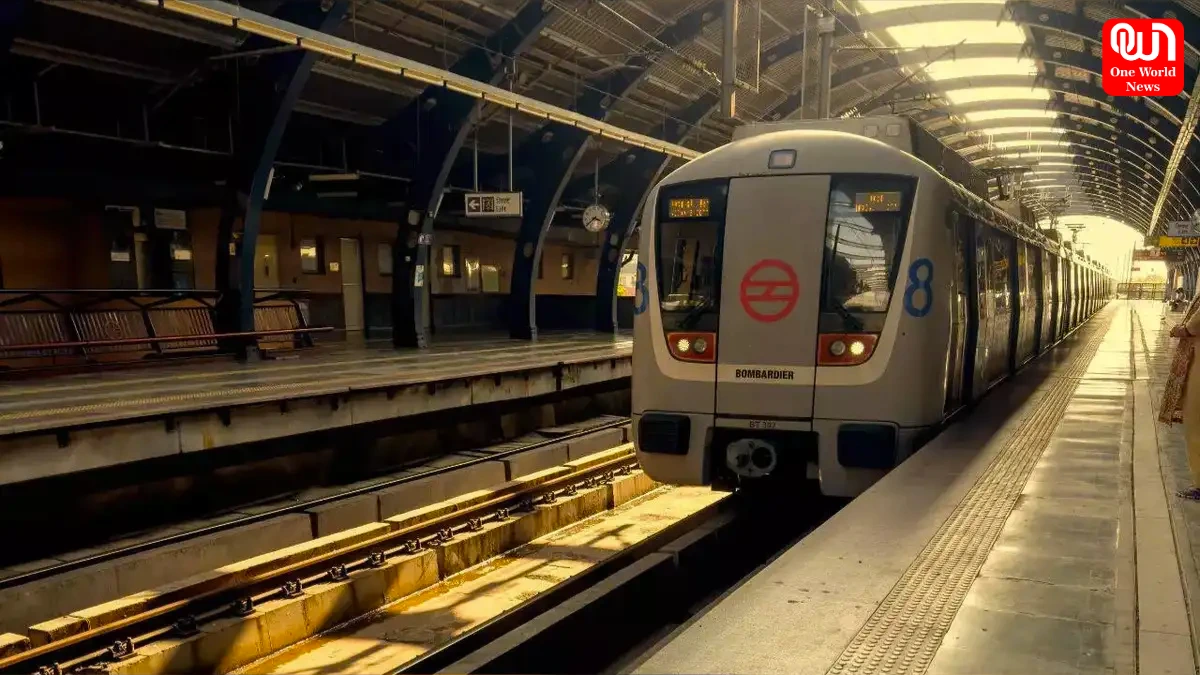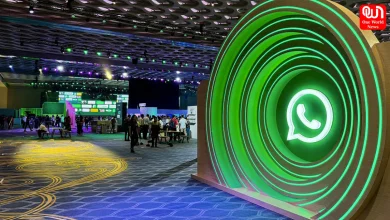Delhi Metro Rail Corporation (DMRC) Fare Hike 2025: Commuters Face Increased Travel Costs After 8 Years
Delhi Metro Rail Corporation (DMRC) Introduces New Weekday and Holiday Fare Slabs; Commuters React
Delhi Metro Rail Corporation (DMRC) Announces First Fare Hike in 8 Years
With the Delhi Metro Rail Corporation (DMRC) announcing its first fare hike since 2017, starting Monday, August 25, millions of commuters will now have to pay more for their daily travel. Prashant notes that the revision in ticket prices has not only impacted passengers who depend on the metro for affordable and reliable transport across Delhi-NCR but has also sparked strong reactions from both policymakers and the public.
Have Things Changed?
The DMRC has raised the price of the Airport Express Line by up to ₹5 and regular metro lines by ₹1 to ₹4. To encourage ridership on non-working days the new fare system creates distinct slabs for weekdays and Sundays/public holidays with prices that are marginally lower on these days.
New Weekday Fare Slabs:
- 0-2 km: Rs 11
- 2-5 km: Rs 21
- 5-12 km: Rs 32
- 12-21 km: Rs 43
- 21-32 km: Rs 54
- Beyond 32 km: Rs 64
Sunday & Holiday Fares (Cheaper):
- 0-2 km: Rs 11
- 2-5 km: Rs 11
- 5-12 km: Rs 21
- 12-21 km: Rs 32
- 21-32 km: Rs 43
- Beyond 32 km: Rs 54
This dual structure represents a strategic change by DMRC to balance operating costs during the week while increasing the appeal and affordability of travel for weekend leisure commuters and families.
Why Now?
DMRC officials have justified the fare change as a long overdue adjustment following eight years of growing operating expenses. Some of the important factors mentioned are.
- Increasing the cost of electricity for station infrastructure and train operations.
- Increased costs for train track and signal system maintenance.
- Raised security costs and employee salaries.
- Rising infrastructure costs Delhi Metro Phase IV is presently being built.
Since 2017 our fare structure has been frozen, a senior DMRC official clarified. Continuing without revision would have impacted network expansion and service quality due to inflation and rising costs.
Commuters Responses Were Mixed
The public’s reaction to the fare increase has been diverse. The increase according to many daily commuters adds a financial burden without apparent service improvements. This is especially true for office workers and students. For example, traveling 15–20 km every day could now cost an additional ₹200–300 per month which is a substantial increase for middle-class households.
On social media commuters are asking why fares are being increased when there are still problems with first- and last-mile connectivity peak-hour crowding and sporadic service delays.
However some commuters have admitted that the hike is necessary. We cannot keep expecting top-notch metro services at the same costs indefinitely. According to a traveler at Rajiv Chowk station a modest increase is reasonable if it helps maintain the system.
Discounts As Well As Relief Initiatives
To lessen the impact DMRC has reminded travelers of the concessions that are currently in place.
- 10% off for smart card holders.
- Sunday and holiday special rates are offered to promote group travel and excursions.
Concessions for senior citizens and students on certain passes.
In addition to reducing dependency on paper tokens DMRC hopes to speed up lines and cut expenses by encouraging more passengers to use digital travel cards.
Wider Effects on Urban Mobility
Long praised as the capitals lifeline the Delhi Metro spans 390 km and has more than 290 stations. Every day it transports more than 65 lakh passengers greatly lowering pollution and traffic on the roads.
Experts warn that although fare increases are occasionally inevitable accessibility must be taken into consideration. There is a chance that travelers will return to buses shared cars or motorcycles if fares increase too much which could exacerbate Delhis already serious traffic and pollution issues.
Urban transport experts contend that in order to maintain network expansion and keep metro rides affordable state and federal subsidies may be necessary.
Read More : Victim’s Father-In-Law Held in Noida Dowry Murder, Police Make Fourth Arrest
Gazing Ahead
The fare change coincides with DMRCs Phase IV expansion which will add new corridors to connect underserved areas. Authorities maintain that the additional funds raised by the hike will go directly toward funding these extensions, upgraded station amenities and updated digital systems.
However, whether commuters believe they are getting real benefits in exchange for paying more will determine how well this move works. There are increasing calls for DMRC to improve last-mile connectivity options, lessen crowding during rush hour and guarantee on-time service on all lines.
More than just a change in ticket prices, the Delhi Metro fare hike of 2025 emphasizes the fine line that must be drawn between commuter affordability and financial viability in a megacity. While DMRC argues that the hike is necessary passengers have differing opinions with some considering it a necessary step and others a needless burden.
The metro’s influence on urban mobility is crucial as Delhi’s population continues to expand. Whether or not this fare increase improves the system or runs the risk of offending the very commuters it was intended to assist will become clear in the upcoming months.
We’re now on WhatsApp. Click to join.
Like this post?
Register at One World News to never miss out on videos, celeb interviews, and best reads.








